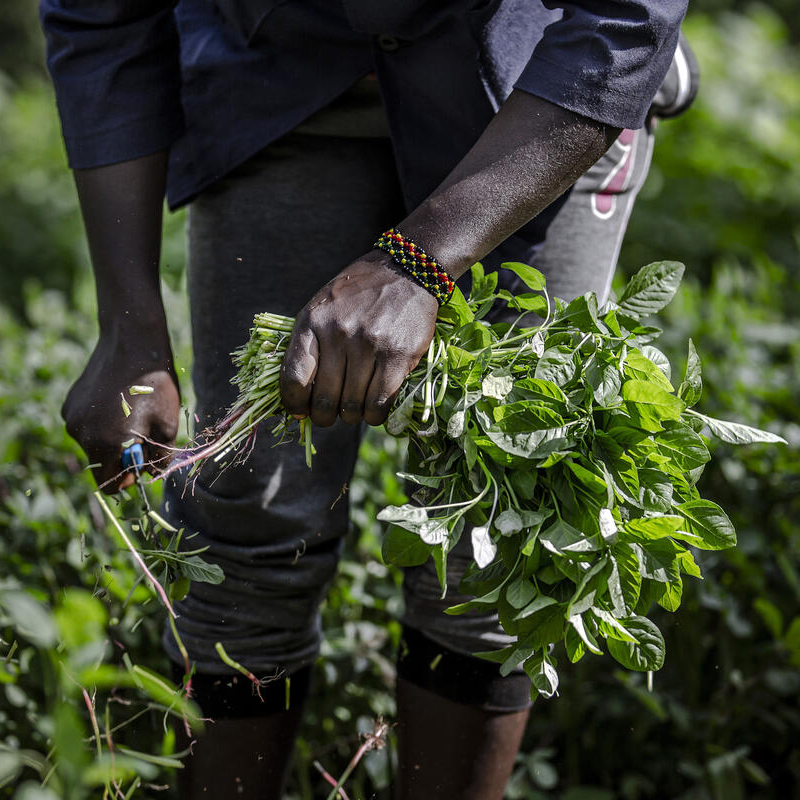6 reasons why plants are integral to the One Health approach
Plants are not just a backdrop to human and animal life – they are central to the health of our entire planet. In the One Health approach, which emphasizes the interconnectedness of people, animals, plants and ecosystems, plant health is a vital but often underrecognized pillar. Here's why plant health is critical:
Healthy plants are key for One Health
Plants are central to One Health, linking human, animal and environmental health. Annually, plant pests cause up to 40 percent of crop losses, harming ecosystems, increasing pesticide use and putting human and animal health at risk. Healthy plants create buffers between humans, livestock, and wildlife, reducing the risk of zoonotic diseases like Ebola and Nipah virus. Deforestation, land-use changes and pest infestations push wildlife closer to human settlements, increasing the risk of disease spreading to animals and humans. Healthy plants are crucial for preventing these outbreaks.


Plants are the foundation of life
Plants provide over 80 percent of the human diet, 98 percent of our oxygen and are the primary feed source for livestock. They are a vital source of vitamins, minerals, and fibre - essential for human and animal health. When pests and diseases compromise plant health, entire food chains can collapse, leading to hunger, malnutrition and economic instability. Protecting plant health ensures consistent food availability and safety, and supports nutritional security.
Plants support livelihoods, boost economies and global trade
Healthy crops and forests underpin the incomes of millions of smallholder farmers, traders and rural communities. Outbreaks of plant pests like fruit flies and red palm weevil or diseases such as wheat rust and banana fusarium wilt can devastate national economies, disrupt export markets, and drive poverty and migration. Investing in plant health strengthens rural economies and helps build resilience to economic shocks.


Plants contribute to climate change mitigation
Plants, especially forests, grasslands, and peatlands act as carbon sinks. Forests absorb approximately 2.6 billion tonnes of carbon dioxide annually, helping to fight climate change and improve air quality. Maintaining plant health is critical to mitigating and adapting to climate threats. Healthy plants are natural climate defenders. Protecting them today ensures a cleaner, greener tomorrow.
Plants help ensure clean water
Over 80 percent of wastewater is discharged untreated into the environment. Healthy vegetation acts as a natural filter, improving water quality, reducing contamination and the risk of waterborne diseases. Protecting plants also protects vital water sources. When we protect plant health, we protect the health of our communities and ecosystems, ensuring access to clean water for all.


